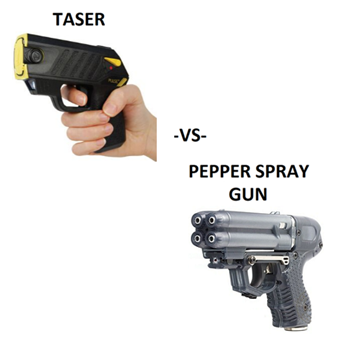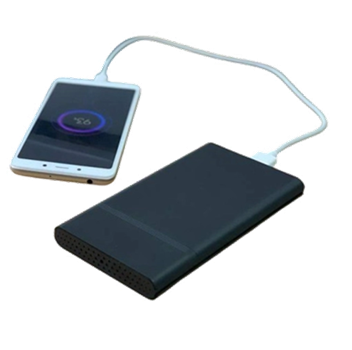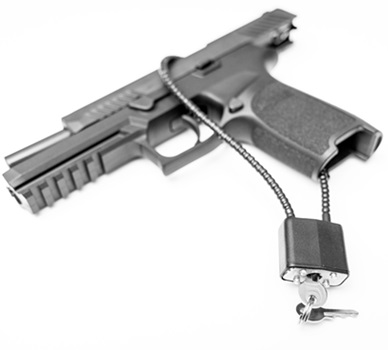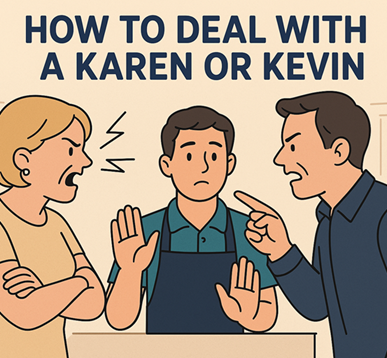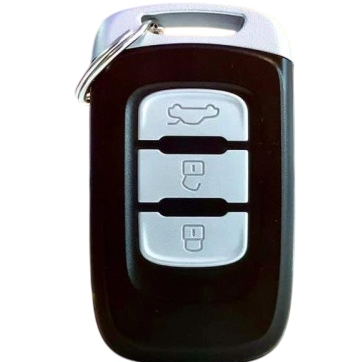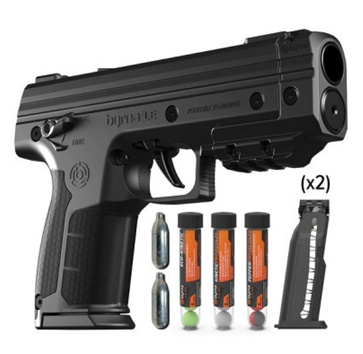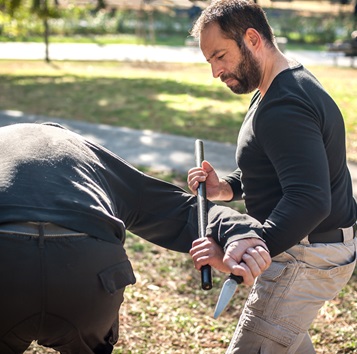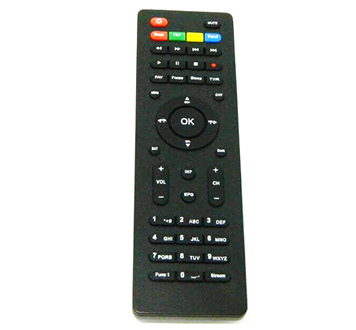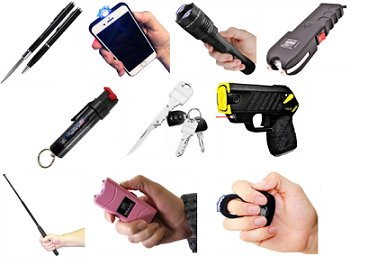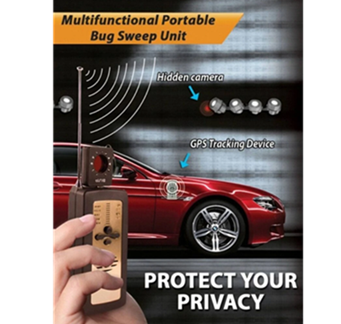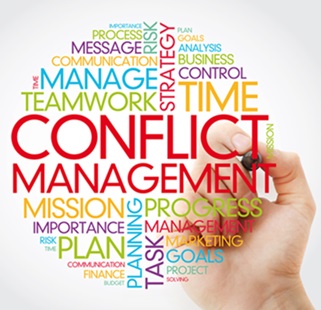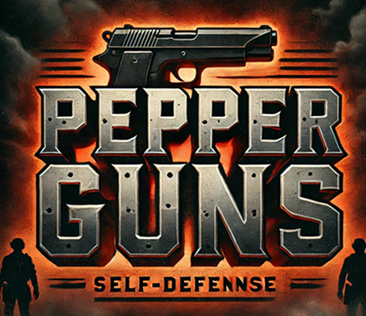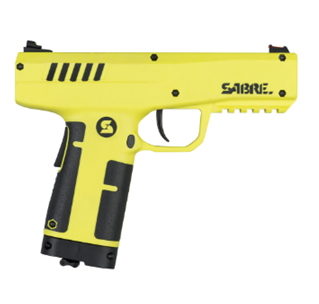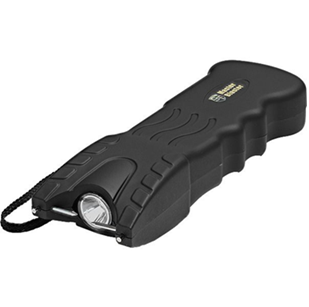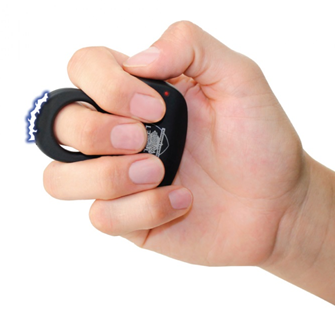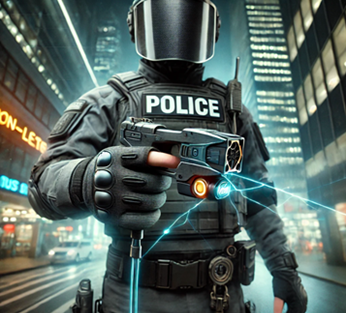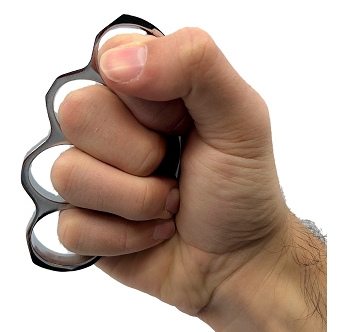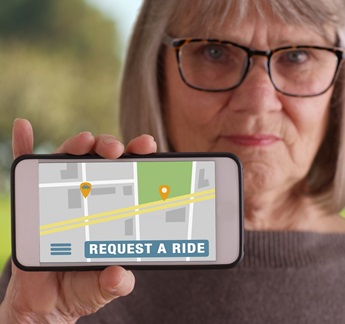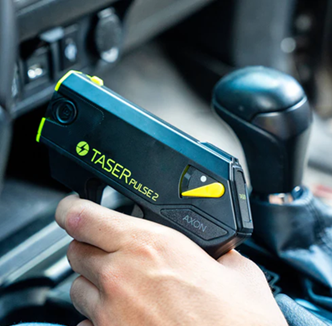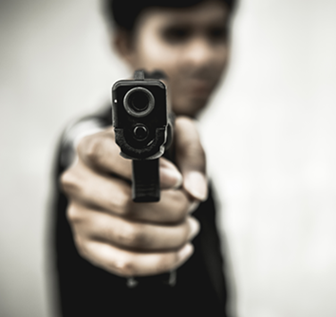How Effective is Pepper Spray for Self-Defense?
 Pepper spray has long been regarded as one of the most popular and effective self-defense tools on the market. It's non-lethal, relatively easy to carry, and accessible to many, making it a prime choice for those who want to ensure their personal safety. But how effective is pepper spray for self-defense, really? Let’s dive into the mechanics, benefits, limitations, and best practices for using pepper spray.
Pepper spray has long been regarded as one of the most popular and effective self-defense tools on the market. It's non-lethal, relatively easy to carry, and accessible to many, making it a prime choice for those who want to ensure their personal safety. But how effective is pepper spray for self-defense, really? Let’s dive into the mechanics, benefits, limitations, and best practices for using pepper spray.
What is Pepper Spray?
Pepper spray, also known as OC spray (short for oleoresin capsicum), is a chemical compound derived from hot peppers, such as cayenne. The primary ingredient, capsaicin, is what makes it effective in incapacitating attackers. When sprayed, pepper spray causes a series of temporary yet severe reactions in the human body, particularly the eyes, respiratory system, and skin.
The burning sensation pepper spray induces can immobilize an attacker for several minutes, providing the victim a crucial window to escape. Typical reactions include:
- Intense eye pain and involuntary closure of the eyes
- Difficulty breathing due to inflammation of the mucous membranes
- Burning skin where the spray makes contact
- Temporary blindness or severely blurred vision
- Nasal discharge and coughing
These symptoms can last anywhere from 15 to 45 minutes, giving the victim ample time to leave the scene and find safety.
How Does Pepper Spray Work?
Pepper spray is designed to disable rather than permanently harm an attacker. When the spray comes in contact with the face, eyes, and respiratory system, the capsaicin stimulates nerve endings, causing an immediate and intense burning sensation.
-
Eyes: Upon contact, the eyes burn, tear up, and typically shut involuntarily. This temporary blindness is one of the most effective ways the spray incapacitates an attacker.
-
Respiratory System: Inhaling the mist can cause the airways to constrict, resulting in coughing, difficulty breathing, and even shortness of breath. While it doesn't pose a significant long-term risk, it can leave the attacker unable to pursue their target.
-
Skin: If the spray comes into contact with the skin, especially the face, it will cause a burning sensation that is extremely uncomfortable.
The Science of Its Effectiveness
Pepper spray works in over 90% of self-defense scenarios involving both human and animal attackers. However, its effectiveness depends on several factors:
-
Proper Aim and Distance: Pepper spray works best when aimed directly at the attacker's face, especially the eyes. The average spray has an effective range of about 6 to 12 feet. If used from too far away or without proper aim, the mist might not hit the most sensitive areas, diminishing its effects.
-
Weather Conditions: Wind can blow the spray back toward the user or disperse it before it reaches the attacker. Rain and cold conditions can also reduce the spray's effectiveness, although most pepper sprays are designed to work in a range of conditions.
-
Duration of Exposure: A single burst of pepper spray is usually enough to disable an attacker for at least 15 to 30 minutes. However, some individuals, especially those under the influence of drugs or alcohol, may have higher resistance and might take longer to react.
-
Psychological Effects: Beyond the physical symptoms, pepper spray can also induce panic in the attacker, making it harder for them to continue their assault.
Pepper Spray vs. Other Self-Defense Tools
When compared to other self-defense tools like stun guns or personal alarms, pepper spray offers several unique advantages:
-
Non-Lethal: Unlike firearms or knives, pepper spray poses no lethal threat to the attacker. This makes it a suitable choice for those who want a defense tool but are uncomfortable carrying more dangerous weapons.
-
Immediate Impact: Pepper spray is highly effective in creating immediate and painful reactions, unlike stun guns that require close physical contact or personal alarms that rely on others hearing the distress.
-
Ease of Use: Most pepper sprays are compact, portable, and easy to use. A quick press of the nozzle delivers a powerful stream or mist, providing an effective defense with minimal effort.
-
Effectiveness Against Multiple Attackers: A well-aimed spray can disable more than one person if the stream is directed properly, which is a clear advantage over close-contact tools like tasers.
Legal Considerations
While pepper spray is widely available, its legality can vary by jurisdiction. Most states in the U.S. allow individuals to carry pepper spray, but some have restrictions regarding the size of the canister or the concentration of capsaicin. For example, in states like New York and Massachusetts, pepper spray can only be purchased in-state from a licensed dealer.
It's essential to research the laws in your area to ensure compliance with local regulations before purchasing or carrying pepper spray.
Limitations of Pepper Spray
Despite its effectiveness, pepper spray isn't without limitations:
-
Resistance in Certain Individuals: As mentioned earlier, people under the influence of drugs, alcohol, or with a high pain tolerance may not react to pepper spray as quickly or severely as expected.
-
Environmental Factors: Wind, rain, or snow can affect the spray’s accuracy and effectiveness. In windy conditions, there is also a risk of the spray blowing back toward the user.
-
Need for Proper Aim: Pepper spray is most effective when it hits the eyes, nose, or mouth. Poor aim, lack of training, or panicking during a high-stress situation can reduce its effectiveness.
-
Short-Term Solution: While pepper spray disables attackers for a time, the effects are temporary. It provides a window to escape but doesn’t neutralize the threat permanently.
Best Practices for Using Pepper Spray
To maximize the effectiveness of pepper spray, follow these best practices:
-
Practice: It's essential to familiarize yourself with the canister’s operation before you need to use it. Practice aiming and deploying the spray so that you're confident in using it under stress.
-
Carry It Ready: Don’t bury your pepper spray in the bottom of a bag or pocket. Keep it easily accessible, like on a keychain or clipped to a belt.
-
Aim for the Eyes: Always aim directly for the attacker's face, particularly the eyes and nose.
-
Move After Spraying: After using the spray, don’t stand still. Move away from the attacker while they are incapacitated to create distance and find safety.
-
Check Expiration Dates: Pepper spray has a shelf life. Check the expiration date on your canister regularly to ensure it's still potent when needed.
Conclusion
Pepper spray is a highly effective self-defense tool when used correctly. Its ability to incapacitate attackers through temporary blindness, respiratory distress, and intense pain makes it a practical, non-lethal option for many people. However, like any self-defense tool, its effectiveness depends on proper usage, awareness of environmental conditions, and understanding its limitations. While it may not work perfectly in every scenario, pepper spray remains one of the most reliable and accessible personal protection tools available.
See cost of Pepper Sprays
Company Info
Customer Service
Product Information
- TASER® and Stun Devices Regulations by State
- TASER® Safe Escape Product Replacement Guarantee
- TASER® Comparison Chart
- TASER® User Manuals
- TASER® Warranty Info
- Byrna Product Catalog
- PepperBall Manuals & Spec Sheets
- Pepper Spray Laws
- Air Gun Laws
- States that Restrict Automatic and Butterfly Knives
- Our Print Catalog



























